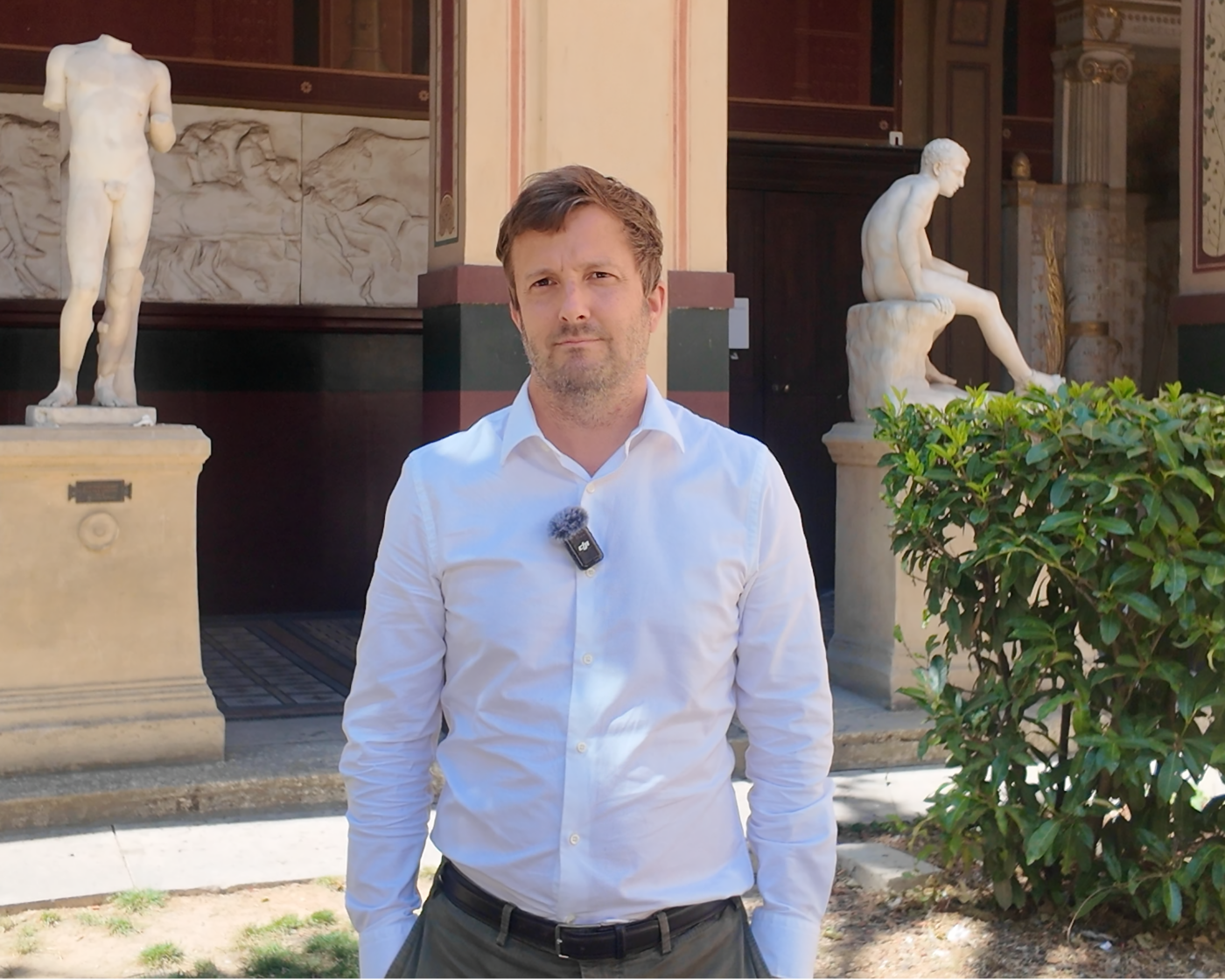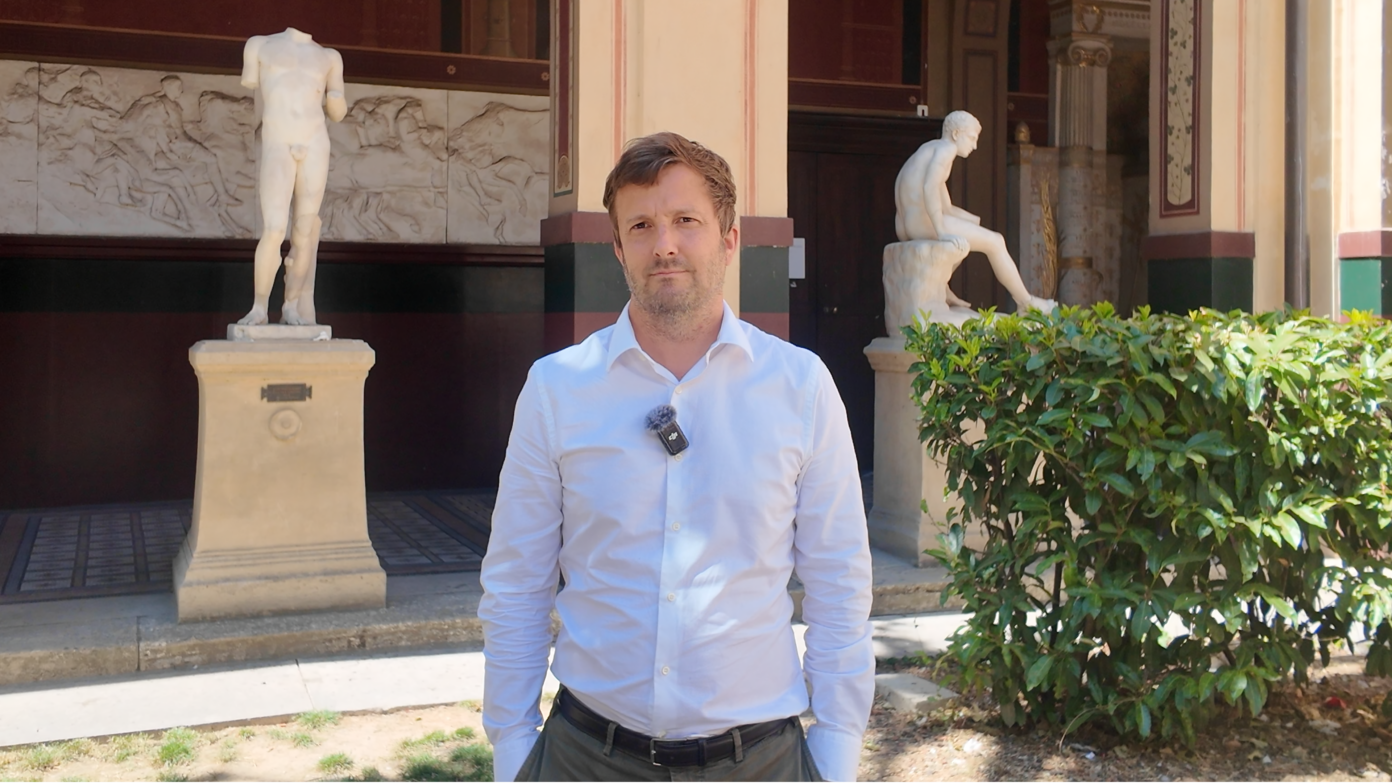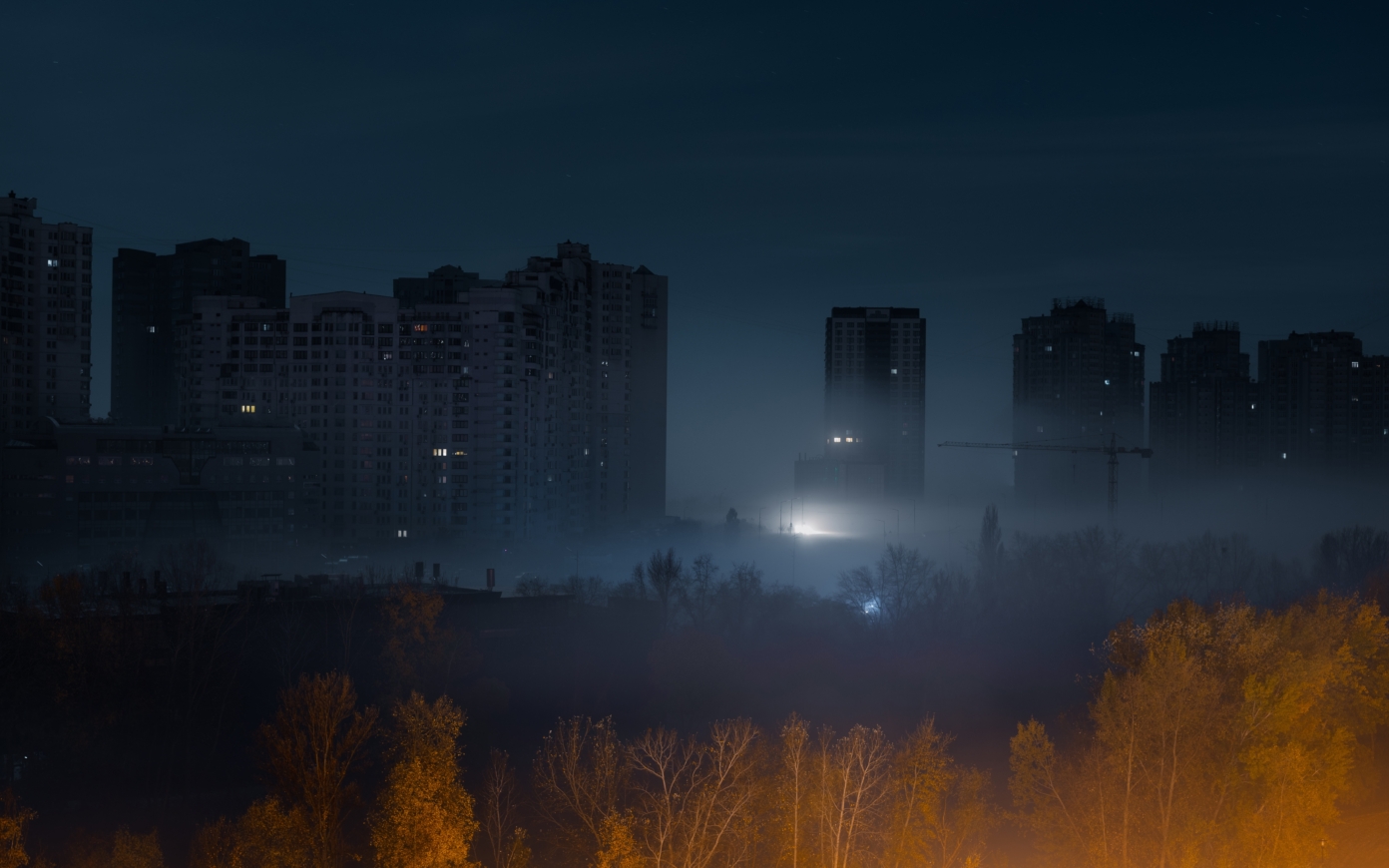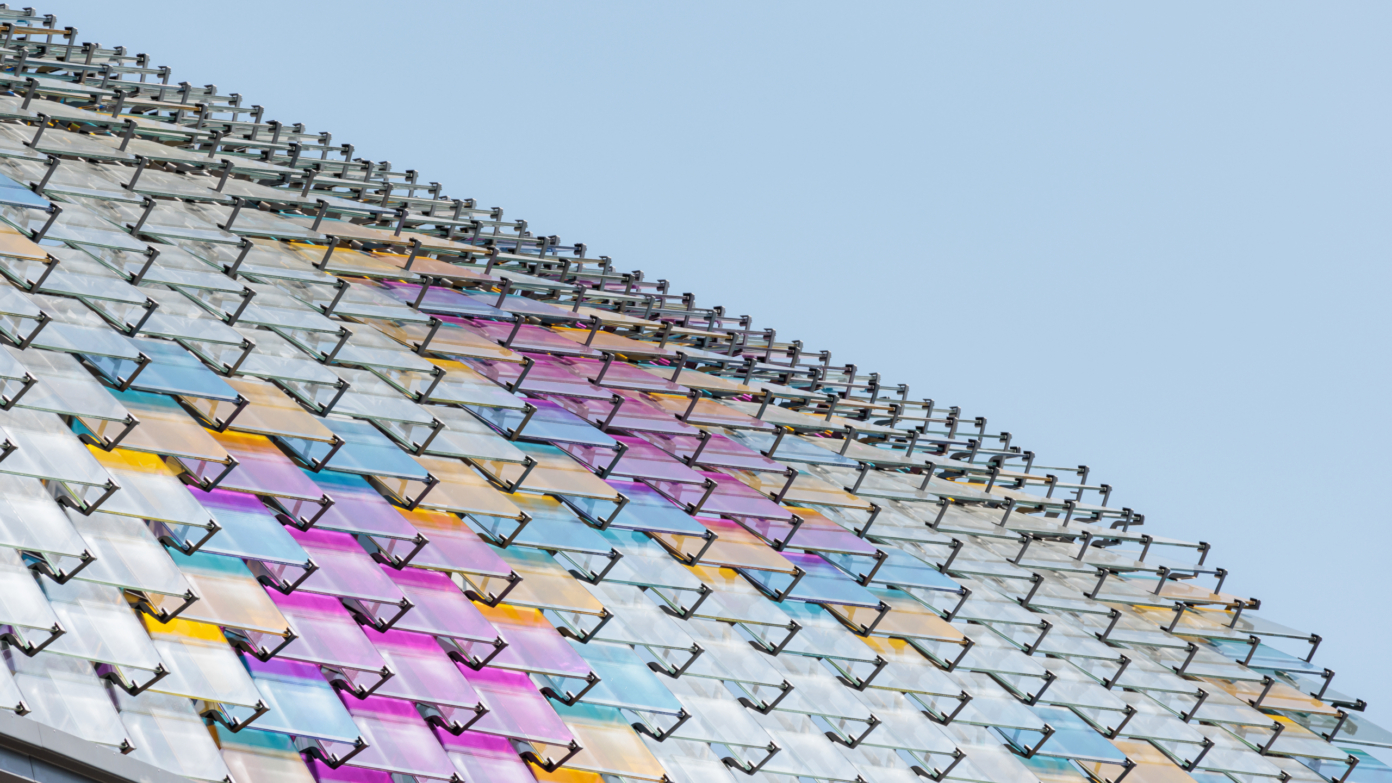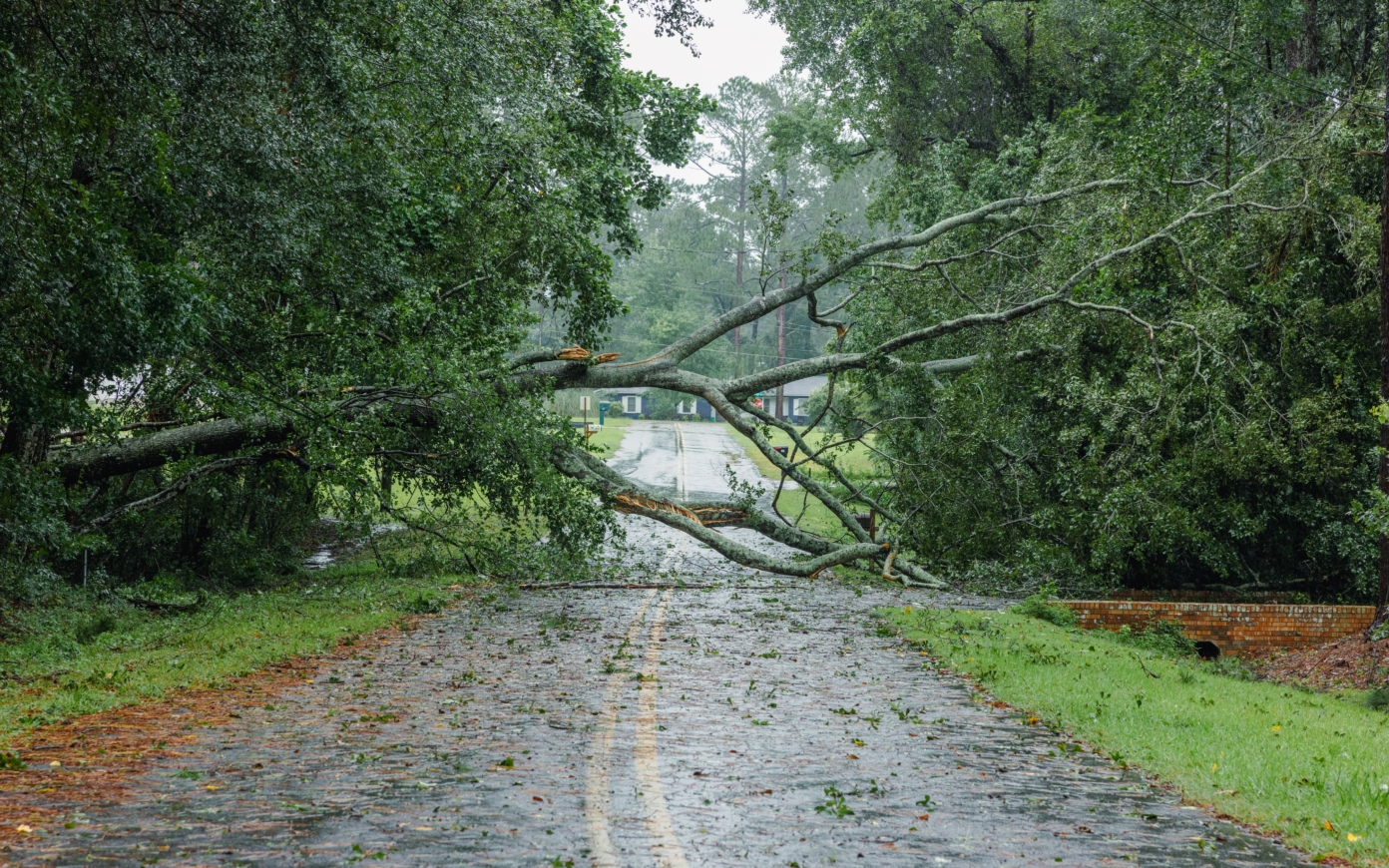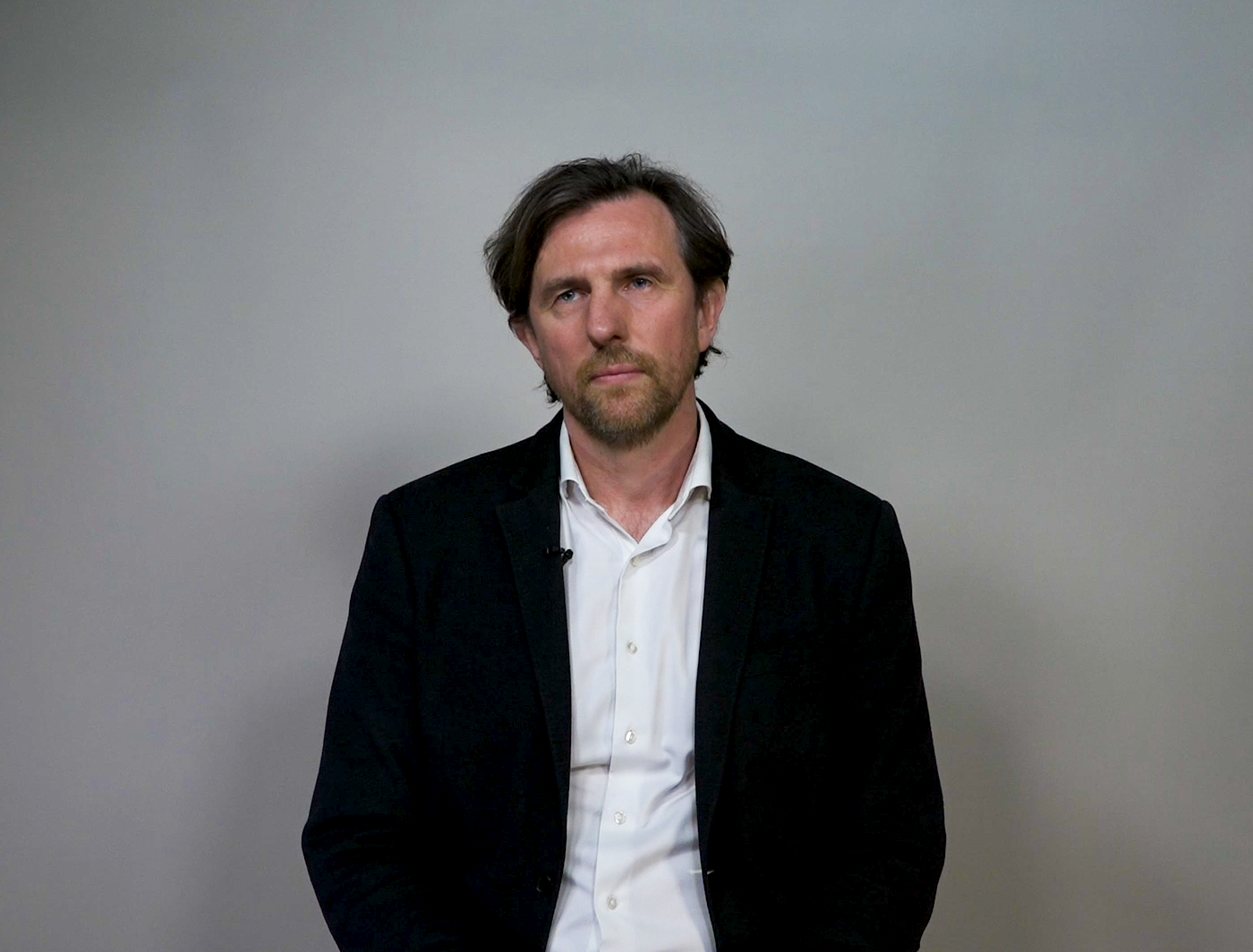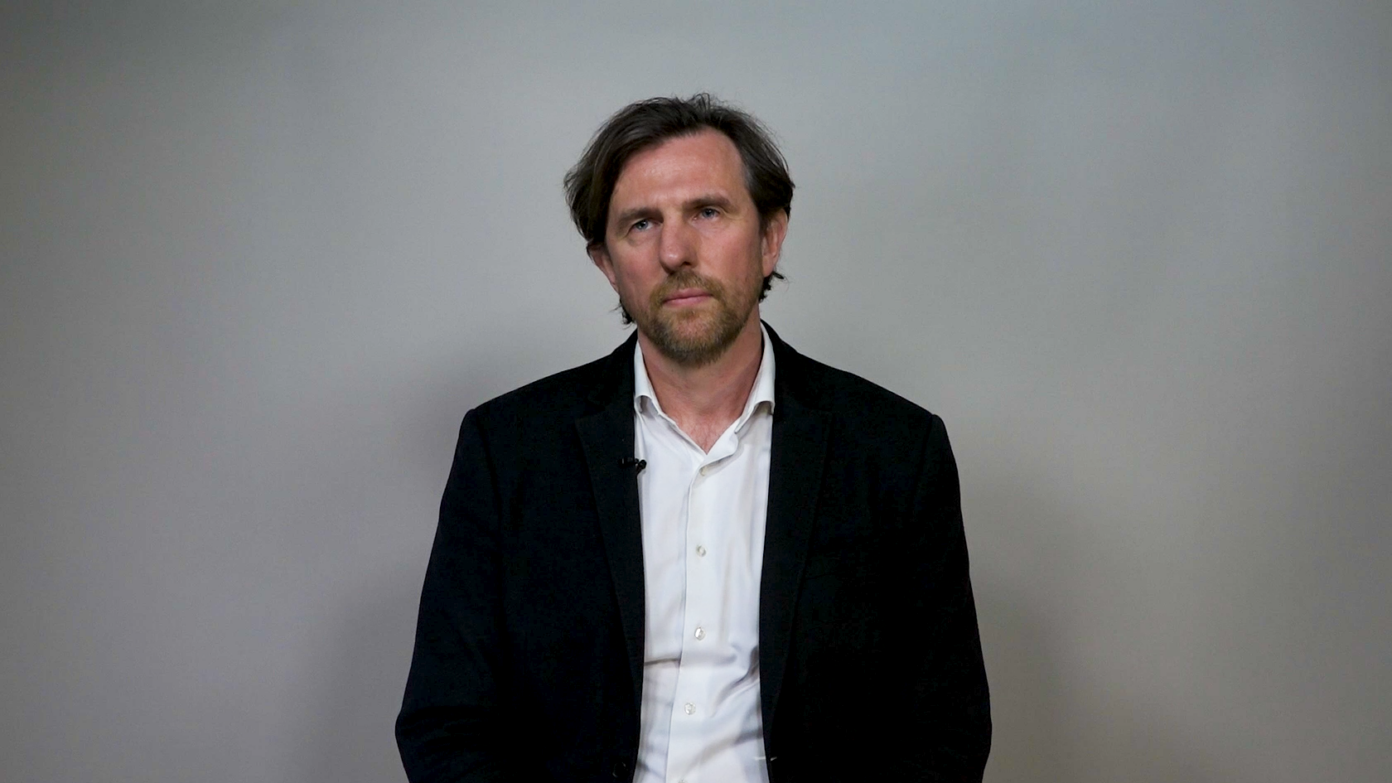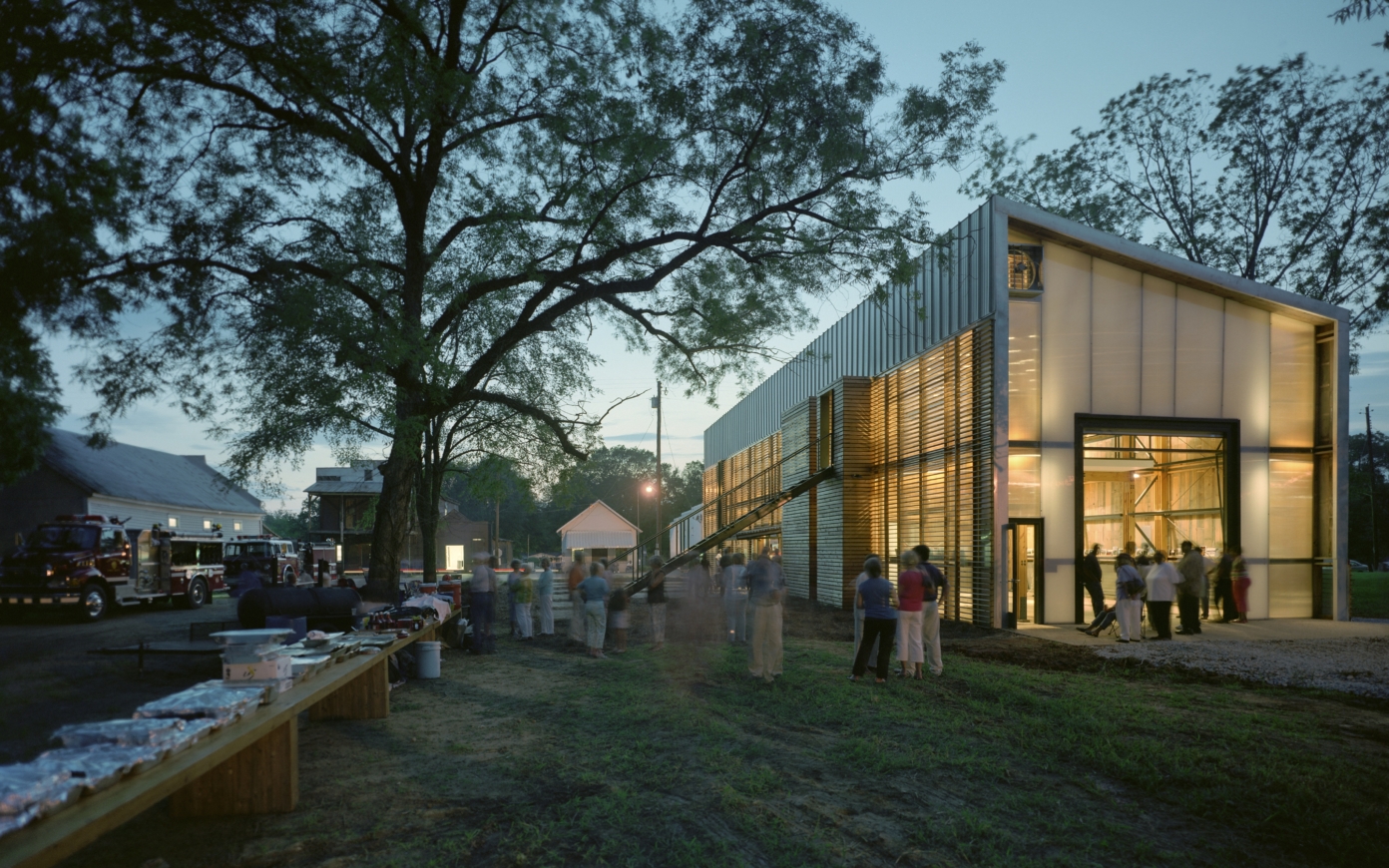Urban revolution
More than a simple adaptation or economic downturn, the current period is one of transformation. For this reason, I have been using the concept of the World with a capital W, insisting on the fact that what we are currently living did not exist fifty years ago. We have committed ourselves to a relatively long course of action; the temporality of human processes is multi-generational. Things don’t just change completely in five or ten years, even if today technological innovation happens faster than ever. For example, neither tablet computers nor smartphones existed at the turn of the century, and yet they have completely changed our cultures and lifestyles.
This general movement will span over the course of a century (1950–2050), with phases of acceleration. Over this brief period—on the scale of humanity—we will experience an urban revolution that some see as being as significant as the Neolithic or industrial revolutions, times during which people’s lifestyles and their entire systems of cultural reference were turned upside down, subverted, reconstructed, and reinvented in the evolution of societies themselves. The current period is striking in that its effects of acceleration and irreversibility are spectacular.
Some obsess over the idea that human habitation should be more “respectful” of the “natural” environment, or believe that we can erase or cancel the urban revolution and its facets and accomplishments; I am not among them. Certain phenomena have become permanently embedded in our cultures and societies: I do not see how people would ever renounce individualism, mobility, and telecommunications; nor do I see how they would renounce using the increasingly powerful and numerous technical—almost prosthetic—artifacts, or abandon their aspiration for better health. Those who dream of returning to our origins—of cities that resemble the quiet, calm towns of yesteryear—are mistaken. They are reactionaries in the strictest sense of the word. The real issue at hand is to create cultures that fit with this transformation, because the urban revolution has come before our ways of thinking of and defining it, and before the intellectual, cultural, and political frameworks through which we try to make sense of it. It seems to me that any activity of thought, science, or creation relating to the urban must stem from there.
I speak about urban “revolution” as a way of including it in those moments that have defined human society, in which new ways of inhabiting the Earth have been put in place, such as the Neolithic era when the relationship to resource production underwent radical upheaval. Moreover, the Anthropocene era most likely emerged from the Neolithic era onwards, when people had already begun intervening in the ecosystem. Several thousand years before the Common Era, with geographical conditions drastically different from ours, and with groups of people dispersed but already in communication with one another, human societies began to rear livestock and establish agriculture in India, the Middle East, and in Southern Europe. In so doing, they left behind a time when hunting, gathering, and predation were the only ways to ensure subsistence. Accumulation and reproduction were thereafter possible, which leads me to believe that this was already the Anthropocene, with the onset of the ability for humans to master the ecosystem. It was the beginning of towns; perhaps not of the urban in the way we think of it, but already of the city.
The Industrial Revolution (1750–1850) also set up new ways of living, with industrial cities, the rise of new modes of production, and the urban revolution that we are experiencing today. What I have been trying to show is that contemporary urbanity is not simply a slightly larger version of the industrial city, and that it necessitates different conceptual tools than those of the previous era. Industrial urbanism and architecture are no longer fit to deal with the issues at hand; we must find new languages and practices that are adapted to our new ways of living on the planet.
What is strange is that we are the ones who have initiated this revolution. It has come from nowhere else but from our own actions, as humans on the planet Earth. It has not been directed by a small circle of initiates, despite what the numerous legends and rudimentary volumes on the subject would have us believe. We have organized it, and it has come to overtake us, to the point that we now chase after our own creation. A first impulse is to look to the inherited intellectual, scientific, and methodological corpus in order to explore this new situation, but we can clearly see that these do not work any more. This is why I am no longer convinced that the notion of “cities” is sufficient for discussing urban contemporaneity.


